Meditation creates a distance, it gives you a perspective. You go beyond the problem. The level of consciousness changes. Through psychoanalysis you remain on the same level. The level never changes; you are adjusted on the same level again. Your awareness, your consciousness, your witnessing capacity, doesn’t change. As you move in meditation you go higher and higher. You can look down at your problems. They are now in the valley, and you have come to a hill. From this perspective, this height, all the problems look different. And the more the distance grows the more you become capable of observing them as if they don not belong to you. Psychoanalysis is a temporary relief because psychoanalysis cannot conceive of anything which transcends ego. A problem can be solved only when you can go beyond it. Yoga, Tantra and all meditation techniques, they are based upon a different ground. They say that the problems are there, the problems are around you but you are never the problem. You can transcend them; you can look at them like an observer is looking down from the hill into the valley. This witnessing self can solve the problem. Really, just by witnessing a problem it is half solved already. Because when you can witness a problem, when you can observe it impartially, when you are not involved in it, you can stand by the side and look at it. The very clarity that comes out of this witnessing gives you the clue, gives you the secret key.
The Supreme Doctrine: Discourses on the Ken Upanishad
by Osho .
$36.00
$40.00
In stock
Free & Quick Delivery Worldwide
All orders amounting to US$ 50 or more qualify for Free Delivery Worldwide. For orders less than US$ 50, we offer Standard Delivery at $14 per book.
ABOUT THE AUTHOR Osho .
Osho was born in Kuchwada, Madhya Pradesh, on 11 December 1931. Rebellious and independent from childhood, he insisted on experiencing the truth for himself rather than acquiring knowledge and beliefs given by others. He attained 'enlightenment' at 21 and went on to complete his academic studies. He spent several years teaching philosophy at the University of Jabalpur. Meanwhile, he travelled throughout India delivering talks and meeting people from all walks of life. By the 1960s, Osho had begun to develop his unique dynamic meditation techniques. He felt that modern man is so burdened with the archaic traditions of the past as well as the anxieties of modern-day living that he must go through a deep cleansing process before he can hope to discover the thought-less, relaxed state of meditation. In the early 1970s, the West first began to hear of Osho. By 1974, a commune had been established around him in Pune, and the trickle of visitors from the West soon became a flood. Osho spoke of every aspect of life and on the development of human consciousness. Based on his own existential experience rather than on intellectual understanding, he distilled the essence of what is significant to the spiritual quest of contemporary man. Osho left his body on 19 January 1990. His commune in India continues to attract thousands of international visitors who come to participate in its meditation, therapy and creative programmes or to simply experience being in a 'Buddhafield'. Osho's talks have been published in more than 600 volumes and translated into over thirty languages.
reviews
0 in total
Review by Anonymous
Be the first to review “The Supreme Doctrine: Discourses on the Ken Upanishad” Cancel reply
You must be logged in to post a review.
Bibliographic information
Title
The Supreme Doctrine: Discourses on the Ken Upanishad
Author
Edition
1st ed.
Publisher
ISBN
8172610742
Length
388p., 21cm.
Subjects

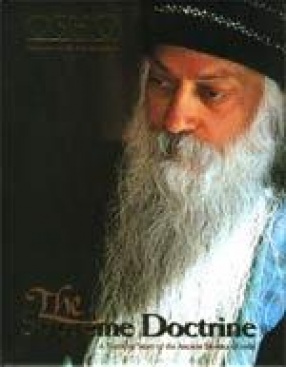
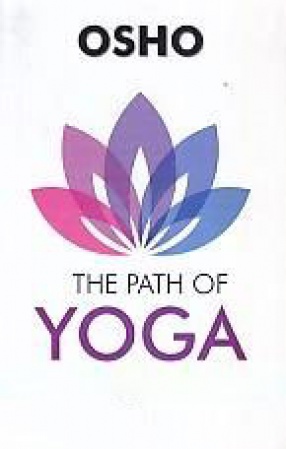

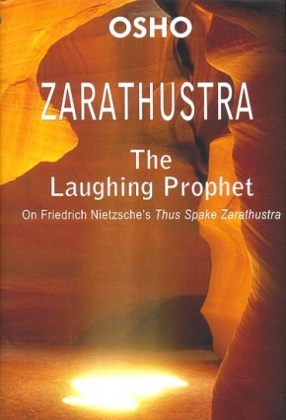
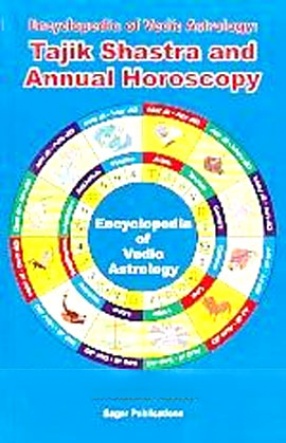
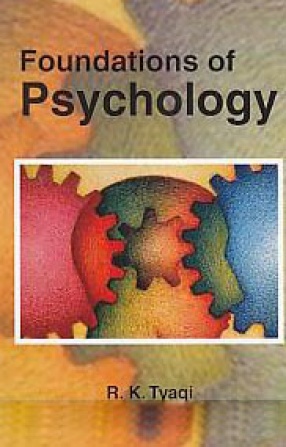

There are no reviews yet.